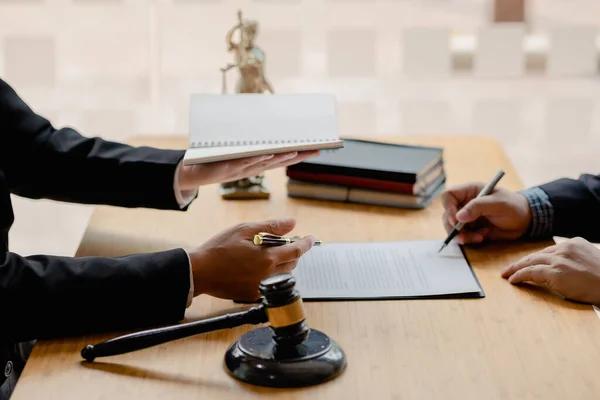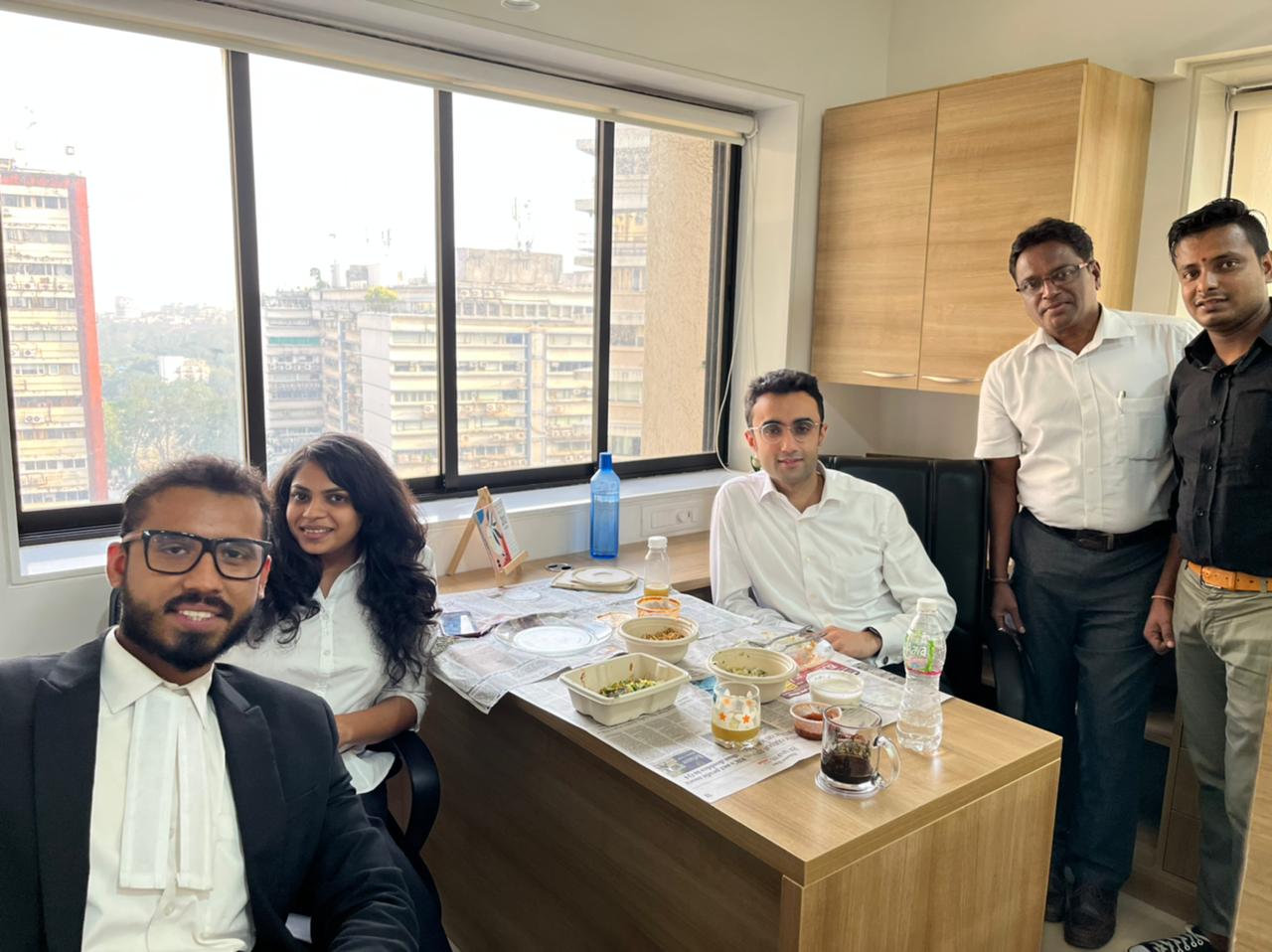Opening statements: Once the jury has been selected and sworn in by the judge, each side presents its opening statement outlining what they intend to prove during the trial. The plaintiff’s attorney goes first followed by the defendant’s attorney. Presentation of evidence: During this phase of the trial process, both sides present their case through witnesses and exhibits such as photographs or videos related to the incident or injuries sustained by the plaintiff. Examination and cross-examination: Attorneys question witnesses called by either side through direct examination (questions asked by their own attorney) and cross-examination (questions asked by opposing counsel). The purpose is to elicit information that supports their respective arguments while challenging credibility or inconsistencies in testimony. Closing arguments: After all evidence has been presented and witnesses have testified on behalf of both parties; closing arguments are made summarizing each side’s position based on facts presented during trial proceedings.
7.Jury instructions: Before the jury begins deliberations, the judge provides them with instructions on how to apply the law to the facts presented during trial. These instructions guide jurors in reaching a verdict. Deliberation and verdict: The jury then retires to a private room to deliberate and reach a unanimous decision or majority vote, depending on jurisdictional rules. Once they have reached a verdict, they inform the court. Post-trial motions: After receiving the jury’s verdict, either party may file post-trial motions such as requesting a new trial or challenging legal errors made during proceedings. The legal system is designed motorcycle accident lawyers to ensure that justice is served, but sometimes mistakes can be made during a trial. In such cases, post-trial motions and appeals provide an opportunity for parties to seek a review of the court’s decision. After a trial concludes, either party may file post-trial motions with the court.
These motions are typically filed by the losing party who believes that errors were made during the trial process or that there was misconduct on behalf of the opposing party or even the judge. The purpose of these motions is to ask the court to reconsider its decision or order a new trial. One common type of post-trial motion is called a motion for judgment notwithstanding verdict (JNOV). This motion argues that no reasonable jury could have reached the verdict rendered in favor of one party. Essentially, it asserts that there was insufficient evidence presented at trial to support the jury’s decision. Another type of post-trial motion is a motion for new trial. This motion asks the court to set aside its previous judgment and order a new trial based on various grounds such as newly discovered evidence, juror misconduct, or errors in law committed during the original trial.





